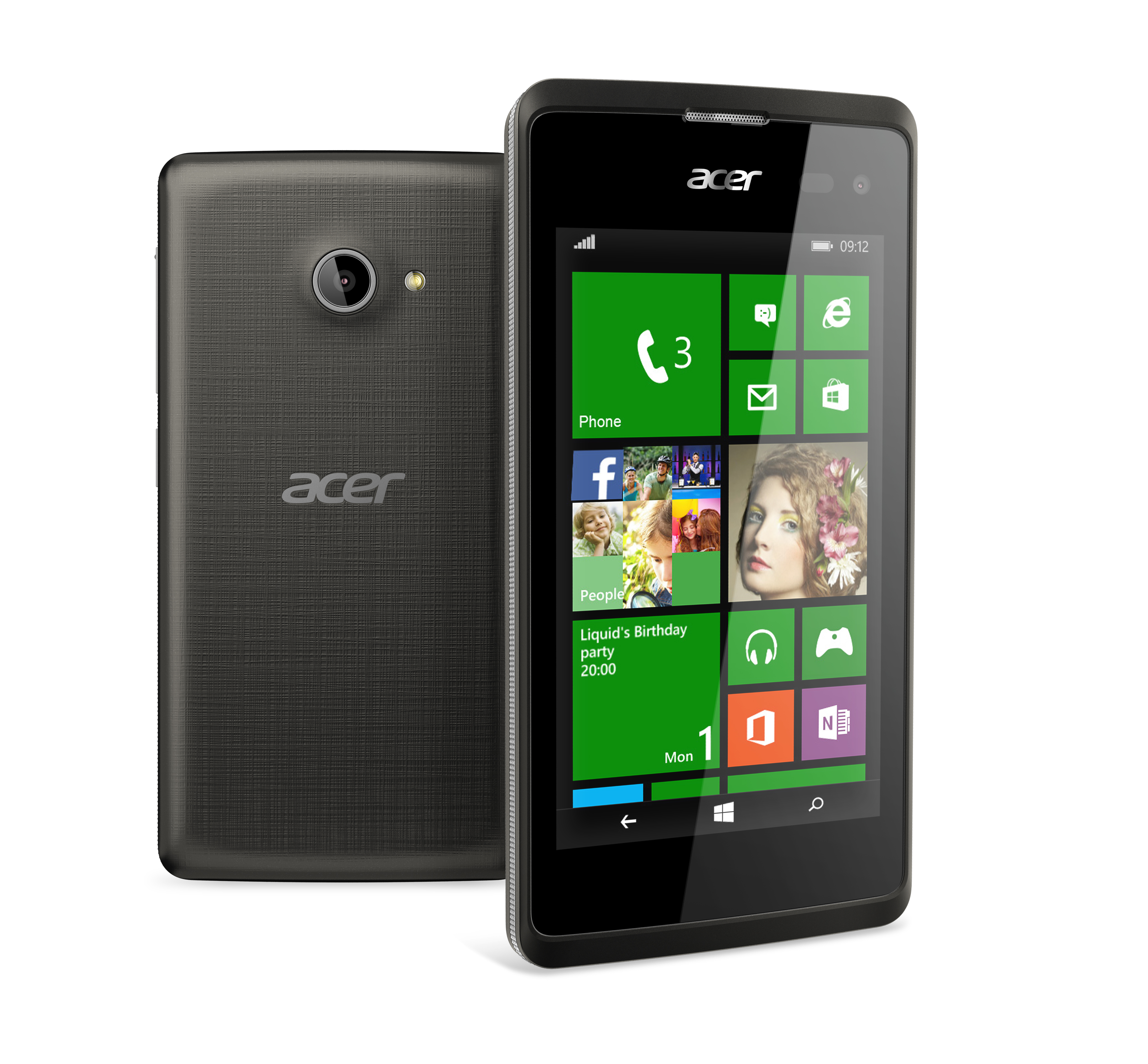I've spent years curating a collection of Mac bash aliases and shortcuts to make my life easier. My full .bash_profile is below, feel free to take whatever you find useful and put it to good use.

On the other hand, for users of older Mac hardware, particularly machines not supported by OS X, Linux is a way to give them a new lease on life with a modern, secure, and robust operating system that requires less power and processor overhead on their less-than-cutting-edge equipment.

Best Linux For Mac Users
A (very) quick primer on .bash_profile for Mac Users
There is a hidden file in your Mac’s user directory named .bash_profile. This file is loaded before Terminal loads your shell environment and contains all the startup configuration and preferences for your command line interface. Download mac os iso image. Within it you can change your terminal prompt, change the colors of text, add aliases to functions you use all the time, and so much more.
This file is often called a ‘dot file’ because the ‘.’ at the beginning of it’s name makes it invisible in the Mac Finder. You can view all invisible files in the Terminal by typing ls -al in any directory.
Guest additions for a MacOS host exist, but not with a MacOS guest as far as I can tell, which is what the asker is asking for – Brian Leishman Jun 14 '19 at 13:02 2 This is also incorrect. Automatically after installation of the Guest Tool, the macOS Catalina will detect the tool and increase the performance. If you are unaware of what is Guest Tool of VirtualBox, the Guest tool is a helper tool utilities that can be a big supporter for macOS on VirtualBox to boost up the performance. Virtualbox guest additions for mac os.

Linux Distro For Mac Users
How to edit your .bash_profile
I have experimented a LOT with setting up linux on my Macbook. I have spend months on it. First thing is that it is not worth it if you are not seriously pissed by OSX. This is something that I never thought I would say, but OSX is much better on. Linux Mint is a great ‘default’ distro for new Linux users, as it comes with a lot of the software you’ll need when switching from Mac or Windows, such as LibreOffice, the favored. These software updates allow the user to upgrade their Mac from, for example, 9.3.5 to 10.0. Now with Solus, you can continue this tradition with Linux! Solus features three Desktop Environments, namely Mate, Budgie, and Gnome.
For the newly initiated, here’s how you can edit the .bash_profile on your Mac.
Linux For Apple

Step 1: Fire up Terminal.app
Step 2: Type nano .bash_profile – This command will open the .bash_profile document (or create it if it doesn’t already exist) in the easiest to use text editor in Terminal – Nano.
Step 3: Now you can make a simple change to the file. Paste these lines of code to change your Terminal prompt.
Step 4: Now save your changes by typing ctrl +o Hit return to save. Then exit Nano by typing ctrl+x
Step 5: Now we need to *activate your changes. Type source .bash_profile and watch your prompt change.
My .bash_profile
I have been compiling my own set of aliases and configurations for years in which time I have borrowed copiously from others who have made their aliases available online. I can claim credit for very little of what follows. I recently became aware of alias.sh, a site making sharing BASH aliases easy. Check it out.
Linux On A Mac
Update: Due to popular demand, my bash profile is now available as a Gist for your forking pleasure.
Without further ado, here is my .bash_profile:
Linux For Mac Users
Update: If you enjoyed this post, you might also like:
A collection of Bash scripting utilities I compiled to make custom Bash programming easier.

